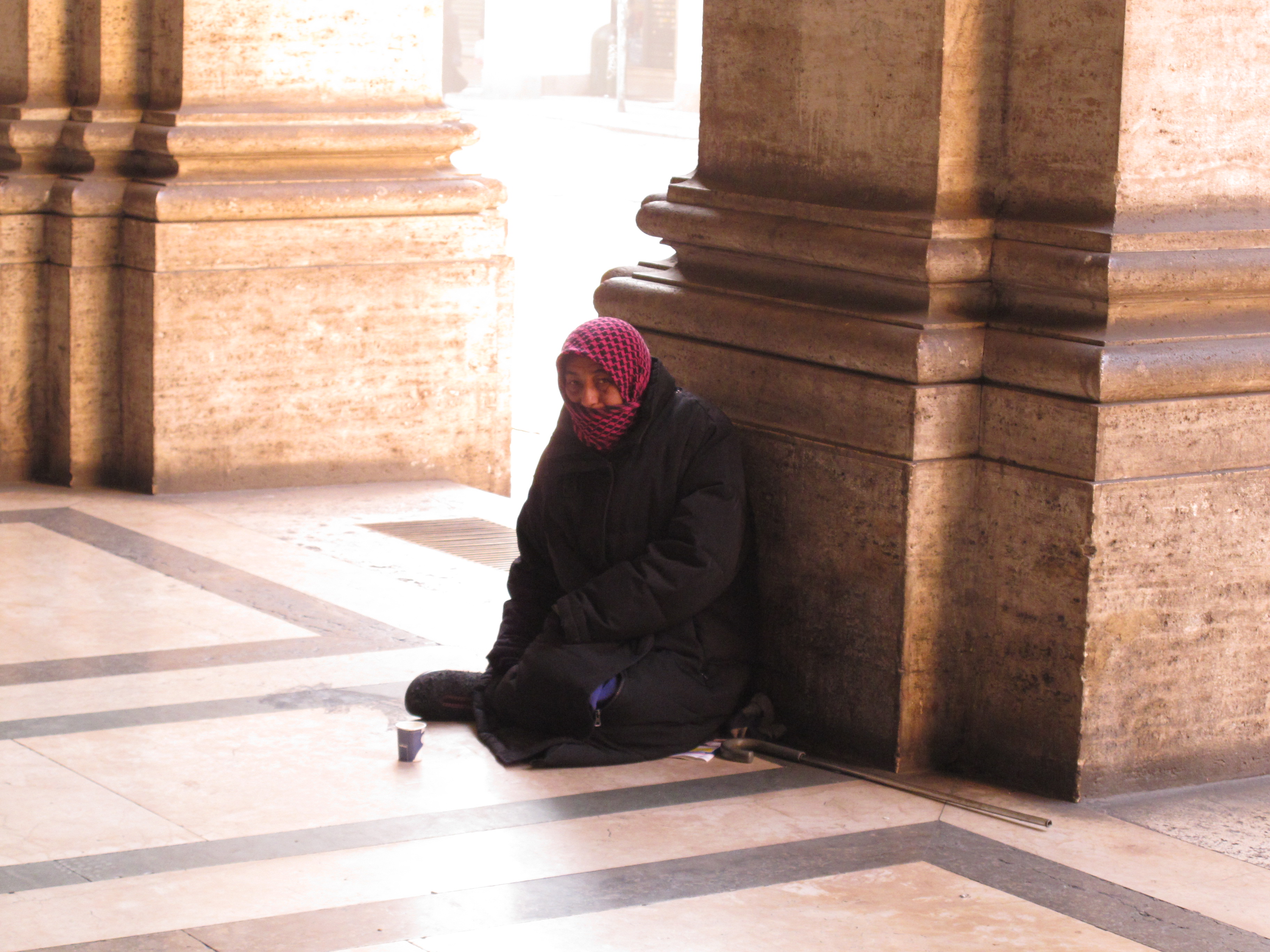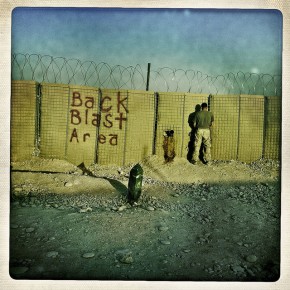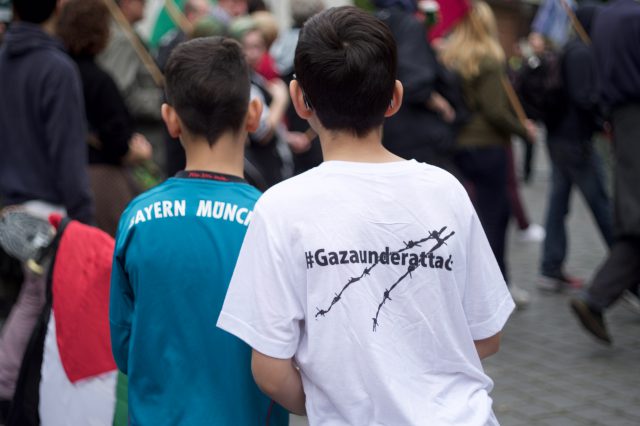Ever since an angry mob burned down a Roma encampment last month, Turin’s streets have been flooded with beggars. Judging from their bright clothing, and their accents, it’s hard not to imagine who they are, and why they all of the sudden appeared, en masse, all over the city. From my apartment, on the west side of the River Po, all the way to the city center, there are women begging. Elderly women, to be precise.
Having lived in northern Italy off and on since 2009, I’m no stranger to Roma. In my former home of Milan, I’d frequently encounter them in the tube station, where it was not uncommon to find them panhandling for change, especially during winter. As has been the case in Turin, I would almost always run into women. Men were almost nowhere to be found. Except, of course, in the form of male infants, being cared for by teenage-looking mothers, or what appeared to be their grandmothers.
To foreigners like me, Roma are profoundly exotic. They are, at best, the subject of pop songs, mysterious European Bedouin-equivalents, free spirits associated with partying and good times. We are not taught that they are Europe’s permanent underclass, the continental equivalent of Indian untouchables. No one wants anything to do with them, including those who would otherwise find room in their hearts for refugees from the Middle East and Central Africa. What gives?
As an Israeli Jew, of Italian-Slavic descent, I am often reminded that during the Holocaust, Roma were the only other continental minority, (or so I was instructed) who were similarly targeted for liquidation by the fascists. Thus, when I am confronted today by Europeans, who exist so completely off the grid, it feels like I’m looking in a nostalgic mirror. Inevitably, I ask myself whether any attempts were ever made to redress the Roma’s Shoah, in the same ways the world once struggled with ours.
However representative the woman in this photo appears to be, there is something different about her that distinguishes her from other Roma. It is her scarf. Though it is not black and white, it is most clearly a keffiyeh. Though they are ubiquitous here in Italy, sold by nearly every South Asian street vendor hawking umbrellas and scarves, it is nonetheless surprising to find one repurposed as a Roma headdress. I cannot help but wonder if she might actually be from the Maghreb.
One of the biggest challenges of being in Italy is reconciling my love for Italian culture, for all of its warmth, its architecture, and its endless comfort foods, with the idea that it is also so highly exclusionary. Though I have encountered Roma in other parts of Europe (especially in France, as well as in my hometown, Berlin) their marginality is nowhere as visually clearcut as it is here, in one of Italy’s most liberal cities. It is those very qualities that help make their marginality so intolerable.
Photograph courtesy of the author






I wish your RSS feed included images — at least at some size. Often a very engaging part of the post that you directly refer to.
Thanks for the comment, Dean. We agree. Our RSS feed has been illing for a while now. We’ll be fixing it, finally, in the not-so-distant future.